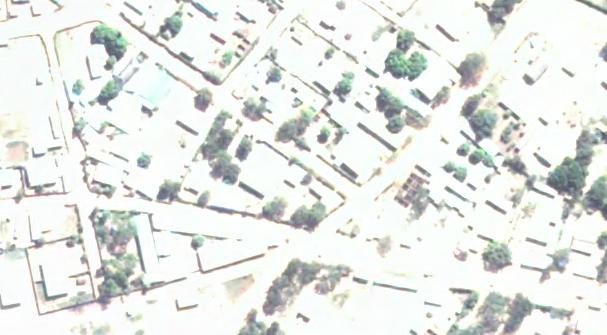Is it possible to colour match two separate satellite images taken at two different times? I am working with two high resolution, multispectral images that were taken approximately one year apart and I want to do some change analysis with them. Unfortunately one of the images is extremely washed out in urban areas and I'm trying to correct it (see attached samples).
Image From Time 1

Image From Time 2

Ideally, I would like to have both of the images to appear as similar as possible, preferably like the first one, so I can identify changes between the two time periods. I am using ArcGIS 10.2 Professional, but if there are other options to deal with this I would like to hear about those as well.
